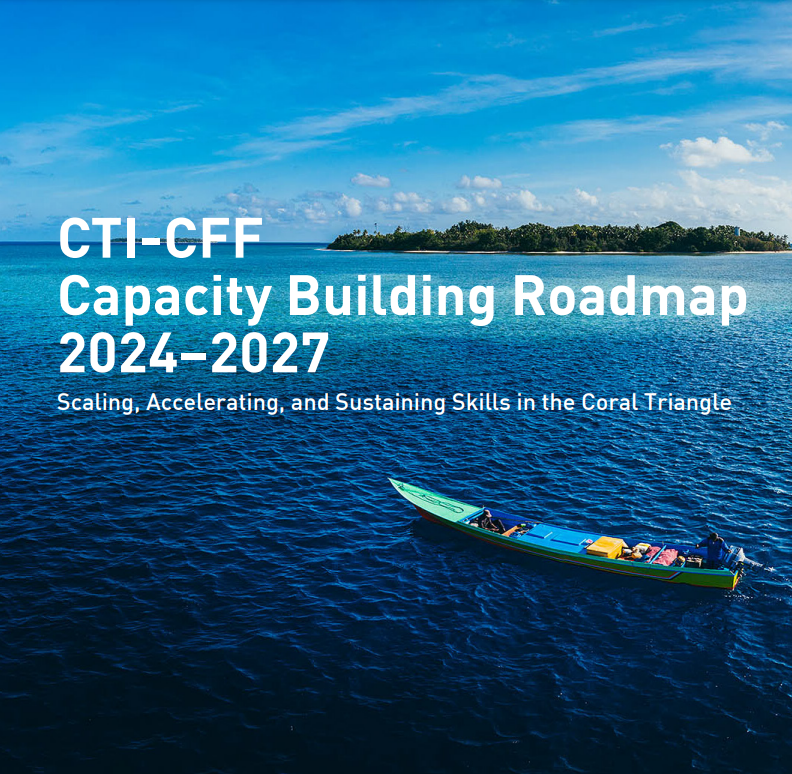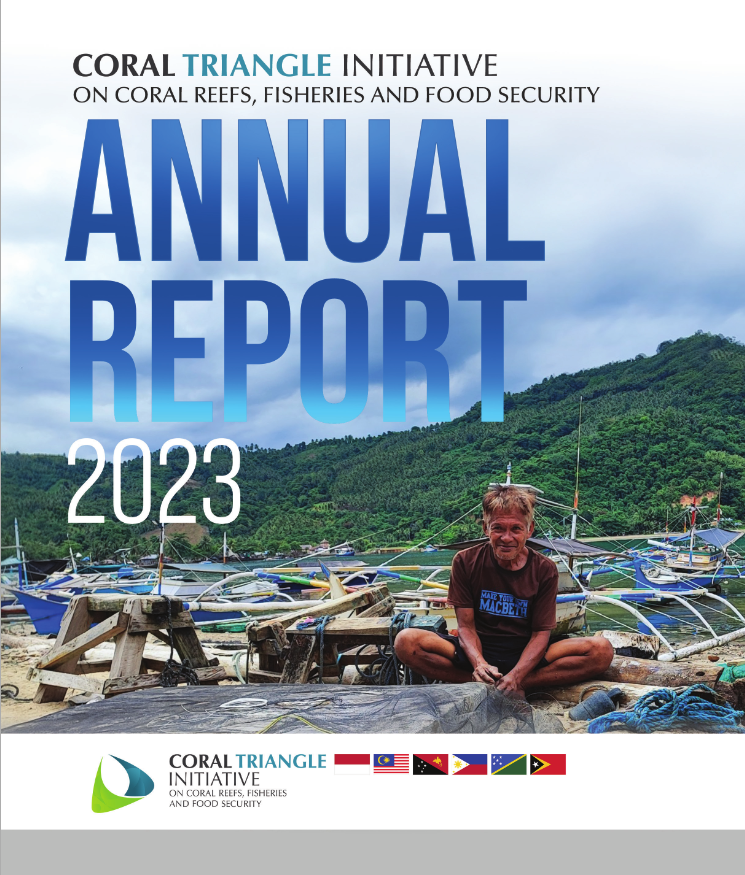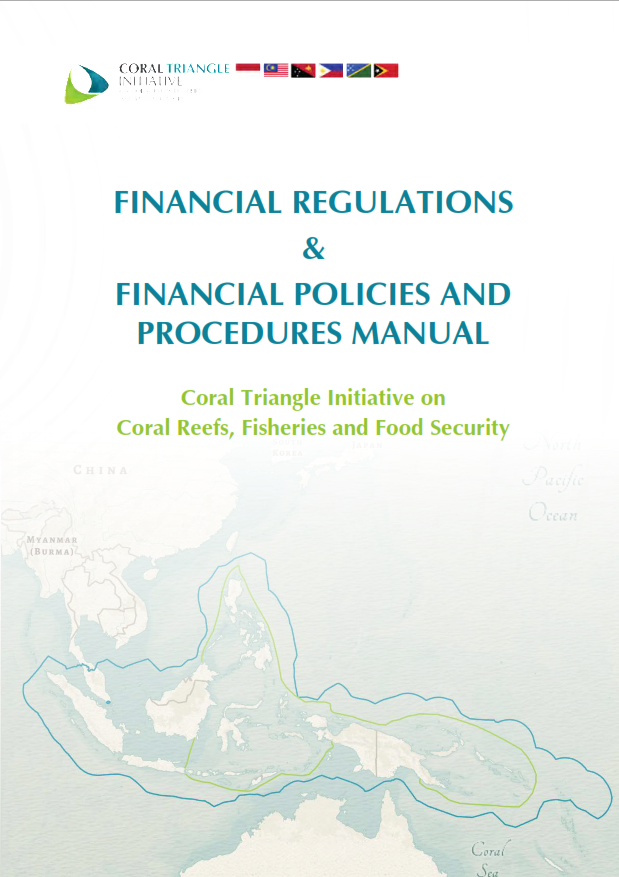Threats to Coral Reefs Continue, says Philippine Environment Minister
Source: Philippine Daily Inquirer, August 24, 2013
Philippines’ Environment Secretary Ramon Paje said on August 23, 2013 more action was needed to save the reefs of the Coral Triangle, an important marine area encompassing Asia Pacific countries, including the Philippines, in the face of growing threats to their ecosystems from overfishing, pollution and climate change.
While the Philippines has taken steps to protect its reefs and the marine life they host, more effort is necessary to develop sustainable solutions for the threatened reefs in the Coral Triangle, a global hot spot of marine biodiversity, Paje said.
“We face a crisis on the continued degradation of our fragile ecosystems and resources that could endanger the survival and quality of life of future generations,” Paje said in a press release. “Investing in coastal and marine protection can certainly help ensure a better future for our children and a better environment for all.”
Last week, the Coral Triangle Initiative (CTI)-Philippines National Coordinating Committee, which is co-chaired by the Department of Environment and Natural Resources, and the Department of Agriculture, hosted a CTI Forum in Makati City.
The event also saw the launch of the Sustainable Coral Reef Ecosystem Management Program or SCREMP, designed by the Philippine government to more effectively protect and rehabilitate the coral reefs in the region.
SCREMP will focus on habitat conservation and protection, as well as enhancing public awareness and protection, to mitigate and reverse the damage brought by unsustainable human activities and climate change, Paje said.
The Coral Triangle also covers the exclusive economic zones of Indonesia, Malaysia, Papua New Guinea, the Solomon Islands and East Timor. The Coral Triangle is home to more than a third of the world’s coral reefs, including over 600 different species of reef-building coral and 3,000 species of reef fish, providing food and income to more than 100 million people working in marine-based industries throughout the region.
“At the apex of the Coral Triangle or the world’s center of marine biodiversity is the Philippines. We are one of the 18 megadiverse countries that contain 75 percent of the global biodiversity. And yet, we, too, are one of the hottest of the marine biodiversity hotspots in the world,” Paje said.
According to a study by the World Resources Institute called “Reefs at Risk,” about 85 percent of the reefs in the Coral Triangle are in peril. It noted that threats to the region come from overfishing, watershed pollution and coastal development.
Factors such as climate change and ocean acidification increase the number of threatened reefs to 90 percent, the study added.
Click here for the original text.



